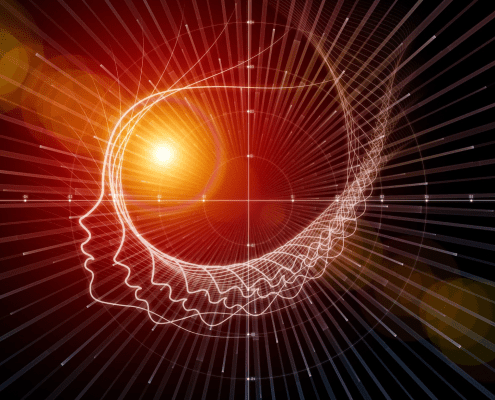Beyond Self-Defense: How Martial Arts Transformed My Approach to Business
I still remember the first time I stepped onto the well-trodden dojo floor. It was two years ago, but I remember like it was yesterday. My two boys were beside me—we shared the moment, and all its anticipation and determination.
Our intentions were modest: stronger bodies and self-defense skills. What I couldn’t have predicted was its profound ripple effect, which inexplicably transformed the way I see the world, parent my kids, and—in this context—do business.
As I ascended the ranks and delved deeper into the art (it truly is an art), there was a singular point of inflection. I found myself entranced by the fluid grace and precision the advanced students had, their movements as sharp and deliberate as a calligrapher’s brushstrokes.
They weren’t fighting. They were dancing.
At that moment, I no longer cared for self-defense. I was now in pursuit of harmony between my mind, body, and soul.
I began to align myself with the black belts who danced through their forms, their every motion a masterclass in focus and coordination. Eager to absorb their wisdom, I mirrored their techniques, weaving their skills into the tapestry of my own practice. And as I did so, I felt my confidence and prowess swell, buoyed by a newfound mental and emotional discipline that transcended the dojo walls.
My foundational karate skills flourished, leading me to the mesmerizing world of kata—a symphony of movements and techniques that, together, form a harmonious sequence. This solo practice became an intricate dance, honing not only my physical prowess but also sculpting my mental and emotional resilience.
Kata was a formidable opponent at first, but as I persevered, I could feel my willpower and discipline taking root, growing steadfast.
Or, so I thought.
Our energy follows our intention and focus
Through this crucible, I unearthed my first invaluable lesson: our energy is a steadfast servant, following the trail of our intention and focus.
This revelation prompted me to take a step back and reassess the compass of my life, scrutinizing everything from the vortex of social media to the soundtrack of my daily routine. By refining my intentions, I found myself stepping into a more agile, efficient, and focused existence, empowered by the clarity of my direction.
As my thirst for mastery grew, I sought the guidance of private lessons, eager to delve into the depths of various katas.
It was during one such session that my sensei highlighted two glaring obstacles:
- My haste
- My lack of a captivating performance
Lost in my fervor to complete the kata, I had fallen prey to a mechanical execution, devoid of the emotional resonance and internalization that breathes life into each technique. And let me tell you: Hearing that didn’t make me feel good.
I thought I knew what I was doing. Truth is, I didn’t.
My sensei’s wisdom awakened me to the truth: Kata is not a recitation of choreographed movements. It is a vivid portrayal of combat, each motion imbued with purpose and intent. To truly embrace the essence of kata, I needed to perform each technique as if locked in a battle against an invisible adversary.
The artistry of kata lies in the mastery of each movement, the comprehension of its significance, and the careful orchestration of space between techniques—transforming the performance into an elegant, living tapestry.
To truly master kata, I needed to shift my intention and focus away from the mastery itself.
Full mastery is a broken-down, one-at-a-time process
I thought I was learning faster. In reality, rushing through my movements meant denying myself the opportunity to truly comprehend each technique’s nuances. As an ardent admirer of Eckhart Tolle—whose words in “The Power of Now” and “A New Earth” extol the virtues of presence, stillness, and awareness—I took this second lesson to heart.
Armed with a newfound clarity and courage, I couldn’t help but notice the tendrils of these skills weave their way through my professional life. Within the rhythmic dance of kata, I unearthed a meditative sanctuary, a haven where focus and mindfulness blossomed. I was, finally, learning to harness the elusive forces of momentum and flow, allowing them to guide me with ease and grace. This transformative practice kindled a curiosity within me, a burning question of how I could nurture these qualities in other facets of my life—particularly my work.
As a founder, I have the constant “need” to do everything at once. I think I have to get to the next steps as soon as possible.
Maybe that’s what I was doing.
At work, I started to focus on each project as I do with kata—cultivating continuous momentum, not limiting myself to rigid deadlines.
Don’t get me wrong: We need deadlines. But not when they cause anxiety that could instead be channeled into progress. By seeing our work product as momentous energy, we can steer ourselves in the right direction. Through kata and my journey of self-discovery, I was learning how to lead by example for my team, deliver better results for my clients, and battle the internal anxieties every founder can relate to.









